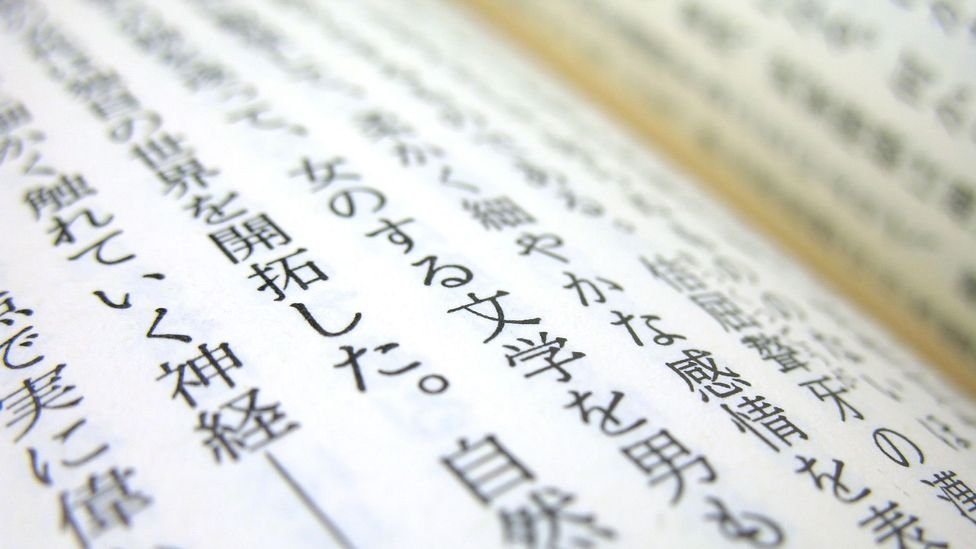
The 10 Lessons of Itosu
Karate did not develop from Buddhism or Confucianism. In the past the Shorin school and the Shorei school were brought to Okinawa from China. Both of these schools contain certain characteristics that I will delineate now so they may be preserved without too many changes.
Karate should not merely be practiced for one's own physical benefit, rather it should be used to protect one's family or lord. It should not be used against a single assailant (for personal fights), and if at all possible, one should attempt to redirect the confrontation when attacked by a villain or ruffian. In no case should one use punches and kicks to injure someone.
The purpose of karate is to make the muscles and bones hard as rock and train the hands and legs so that they will become like spears, thereby becoming naturally courageous. If children were to begin training in karate while in elementary school, they would be well suited for military service and other martial arts. Remember the words of the Duke of Wellington after he defeated Napoleon "The Battle of Waterloo was won on the playing fields of our schools." I believe this quote is truly apt.
Karate cannot be learned quickly. Like a slow moving bull, that eventually travels a thousand miles, if one trains diligently every day for one to two hours, in three to four years their body structure will become different from that of an ordinary person and in many cases they will be able to master the advanced aspects of karate.
The training of punches and kicks is important in karate. So training with a makiwara is important. To do this, one should lower their shoulders, open their lungs, taking (out) their strength, grip the floor with one's feet and lower one's energy to their abdomen (tanden). Practice in this manner using each arm one to two hundred times.
In karate it is important to practice the stances with a straight back, shoulders lowered, taking (out) one's strength, putting one's strength in their legs, lowering one's energy to their abdomen (tanden). It is important to maintain proper balance between the strength of the upper and lower body.
Practice katas often, learning the meanings and when to use them before practicing them. There are many oral instructions for the strikes, blocks, escapes, and grappling techniques.
Before practicing kata, decide whether you are training for physical development or for learning the technical application.
When you train you should train as if on the battlefield. Make your eyes glare, lower your shoulders and harden your body. If you train with the same intensity and spirit as though you are striking and blocking against an actual opponent, you will naturally develop the same attitude as on a battlefield.
When training, be careful not to use an inappropriate amount of power for your body. If you do, your energy will rise to your upper body and your eyes and face will become red, which is dangerous for the body.
From the past there have been many karate masters who have enjoyed long lives. The reason for this is that it develops the bones and muscles and aids in digestion and circulation. If karate were introduced as a foundation for physical education in public schools, and widely practiced, we would be able to produce many students who have mastered it enough to be able to defeat ten assailants.
In keeping with the above ten precepts, I believe that by having the students of the teacher's school practice it and, upon graduation, after receiving detailed instruction, they would be able to teach it at various elementary schools. If taught correctly, within ten years it will have spread not only throughout Okinawa, but through the entire country of Japan. I believe it will be of tremendous benefit to our nation and military. It is my hope that you will give this serious consideration.
Anko Itosu October 1908

